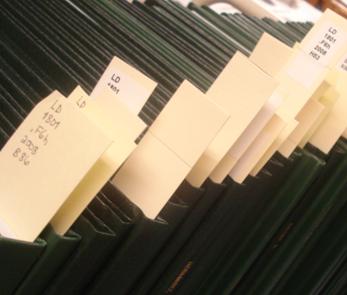
USF St. Petersburg campus Master's Theses (Graduate)
First Advisor
Major Professor: Lisa Starks, Ph.D.
Second Advisor
S. Morgan Gresham, Ph.D.
Third Advisor
Timothy Turner, Ph.D.
Publisher
University of South Florida St. Petersburg
Document Type
Thesis
Publication Date
2019
Date Issued
October 16, 2019
Abstract
This paper explores the primary way misogyny is exhibited in Shakespeare’s Sonnets and finds that it is through a connection between the female body and sexuality with Hell. The link between the two continues a long-standing literary tradition which includes medieval Catholicism, and is also expressed by writers including Petrarch, Chaucer, and Boccaccio. Shakespeare continues this tradition in the Sonnets, and it becomes the primary way that women are presented in a misogynistic manner within them. This conflation of female genitalia with Hell furthers early modern anxieties regarding the control of women’s bodies, as well as the expression of lust when it is exhibited by a woman. I draw comparisons between the “Fair Youth” and “Dark Lady” Sonnets to demonstrate the differences in their representations of love and sex and closely analyze Sonnets 129, 144, 145, and 147 to demonstrate the pervasive connections between Hell and the vagina that aid in furthering misogyny by connecting the female body with Hell, darkness, death, and evil. The specific language choices within the Sonnets help to perpetuate a legacy of misogyny through the representation of women’s bodies. Through their connection with Hell, women become linked with the negative connotations and aspects of Hell inherent in its conception within a Christian culture. The conflation of Hell and the female body displays early modern anxieties regarding the power of uncontrolled female sexuality through its link of the female body with arguably the worst place with which one could be associated.
Creative Commons License

This work is licensed under a Creative Commons Attribution-Noncommercial-No Derivative Works 4.0 License.
Recommended Citation
Kohn-Foley, Jordan, "Connections Between Female Sexuality and Hell: Misogyny in Shakespeare’s Sonnets" (2019). USF St. Petersburg campus Master's Theses (Graduate).
https://digitalcommons.usf.edu/masterstheses/192


Comments
A thesis submitted in partial fulfillment Of the requirements for the degree of Master of Liberal Arts Department of Visual and Verbal Arts College of Arts and Sciences University of South Florida St. Petersburg